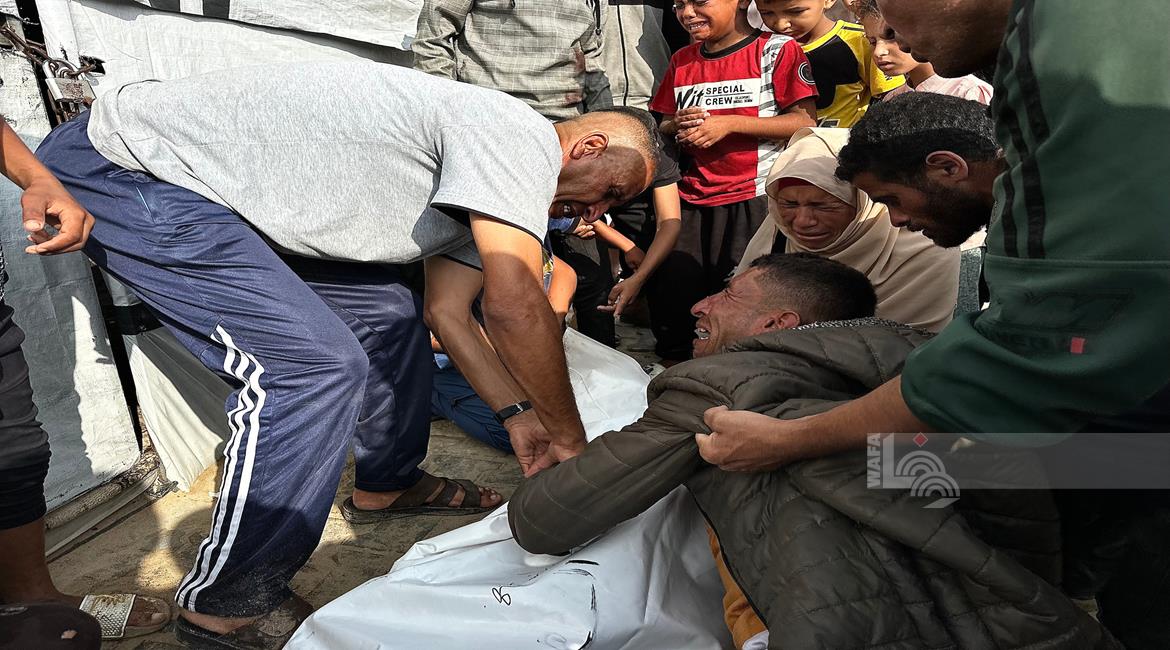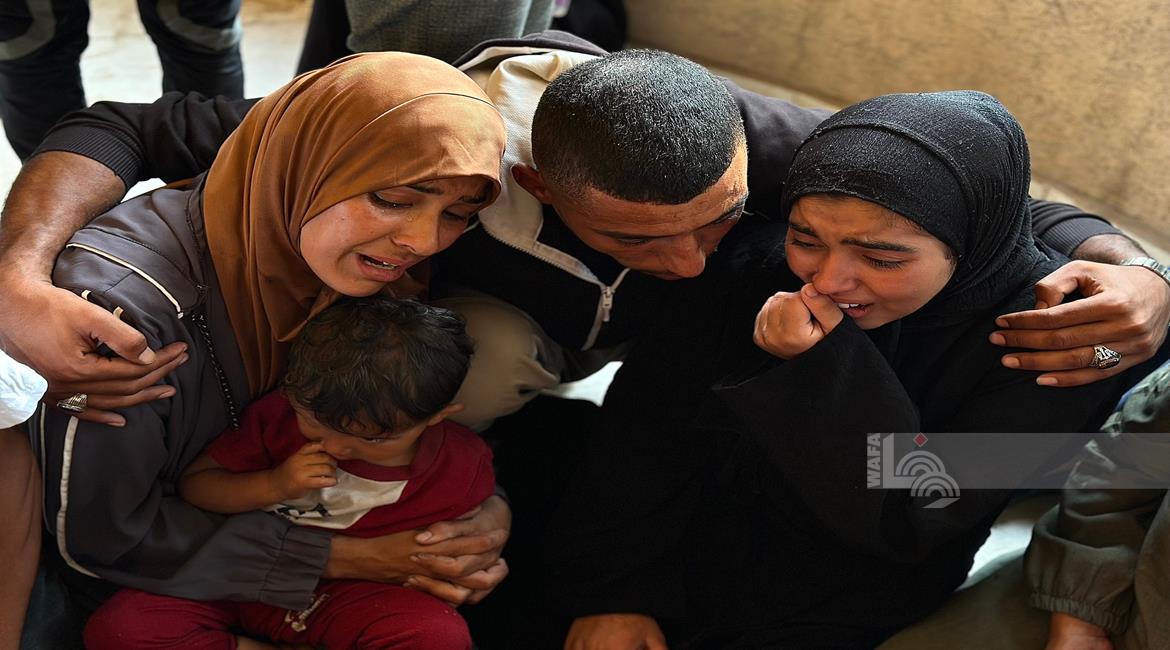NABLUS, August 9, 2016 (WAFA) – Israeli army on Tuesday demolished a restaurant and a pottery workshop in the village of Sebastia, north of Nablus, as well as residential structures in the village of Um al-Kheir near Hebron, according to local sources.
Na’el Shaer, head of Sebastia municipality, told WAFA that an Israeli army force broke into the village and demolished a restaurant and a pottery workshop, both owned by two local Palestinian villagers, under the pretext of construction without permission.
Meanwhile in Hebron district, Israeli troops accompanied by bulldozers stormed the village of Um al-Kheir, where they demolished five residential structures sheltering local Palestinian Bedouins.
Rateb Jabour, coordinator of the Anti-Settlement Commission in Hebron, told WAFA that the demolition of the five structures provoked clashes between the Israeli forces and local Palestinians.
Both villagers are located in Area C of the West Bank, under complete Israeli civil and military control.
Issuance of construction permits by Israeli authorities for Palestinians in Area C, unlike for Israeli settlers, requires unreasonable fees that most Palestinians cannot afford to pay.
Over the course of 2015, Israel demolished 521 structures in Area C as well as in East Jerusalem, displacing 636 people, according to the UN monitoring group OCHA.
The vast majority of these demolitions were carried out on the grounds of construction without a permit. Between 2010 and 2014, only 1.5 percent of applications for building permits in Area C were approved by Israeli occupation authorities, OCHA adds.
The Israeli Committee against House Demolitions (ICAHD) explains in a special report that “in almost all cases Palestinians have no choice but to build ‘illegally’ as permits are almost impossible to obtain.”
“Many Palestinians have suffered multiple displacements, having lost their homes and livelihoods more than once. Forced displacement has a series of immediate and longer-term physical, socio-economic and psycho-social impacts on Palestinian families.”
M.N












